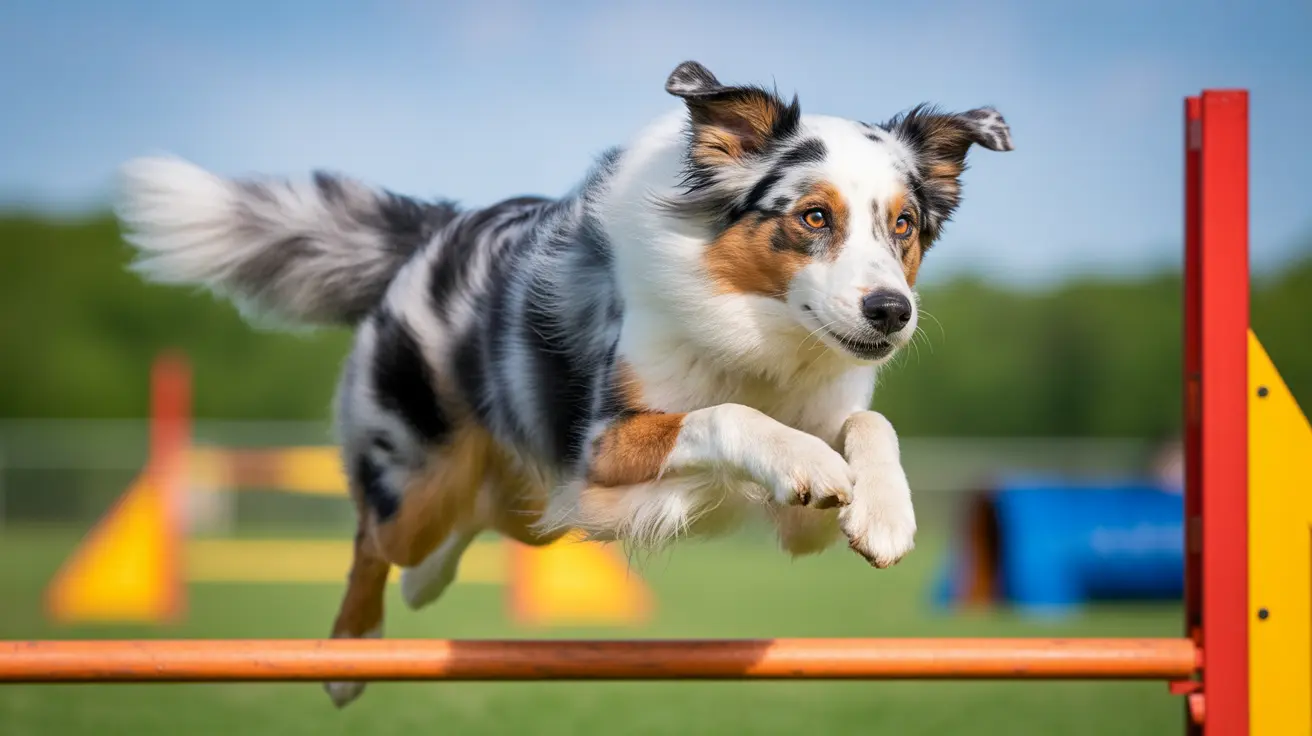Understanding the Drawbacks of Owning a Spanish Mastiff
The Spanish Mastiff, also known as the Mastín Español, is a majestic and historic breed, originally developed in Spain as a livestock guardian. While their strength, loyalty, and natural protective instincts are admirable, ownership of this giant breed comes with a set of challenges. Below, we explore the potential cons of owning a Mastiff, specifically the Spanish Mastiff.
1. Enormous Size and Space Requirements
- Weighing between 140 and 220 pounds and standing 28–35 inches tall, the Spanish Mastiff is truly massive.
- They require substantial space to move around comfortably, making apartment living unsuitable.
- Rural or suburban homes with large, secure yards are ideal to accommodate their need to roam and stretch.
2. Not Ideal for First-Time Dog Owners
- The breed's strong personality and independence can be overwhelming for inexperienced owners.
- They are intelligent but stubborn, often testing boundaries if not managed by a confident leader.
- Consistent, patient, and firm training is crucial, along with early and ongoing socialization.
3. High Maintenance Grooming Needs
- Their dense coat requires weekly brushing, increasing to several times per week during shedding seasons (spring and fall).
- Loose skin, especially around the neck, must be cleaned regularly to prevent infections.
- Routine care like ear cleaning, dental hygiene, and nail trimming are essential to avoid common health issues.
4. Prone to Health Issues
Spanish Mastiffs are susceptible to many conditions common in large and giant breeds:
- Hip and elbow dysplasia, which can cause significant mobility issues.
- Bloat (gastric dilatation-volvulus), a life-threatening condition without immediate veterinary intervention.
- Heart disease, hypothyroidism, cancer, entropion, and skin infections are also common risks.
Preventative veterinary care, a proper diet, and weight management are critical to prolonging quality of life.
5. Protective Nature Can Lead to Over-Guarding
- While their guard dog instincts are beneficial for property protection, they can become overly wary or aggressive toward strangers.
- Ongoing training and exposure to various people and environments are necessary to keep their behavior in check.
- They may show dominance toward unfamiliar dogs if not socialized early and thoroughly.
6. High Exercise Needs Despite Low Energy
- Though not exceedingly energetic, they require about an hour of daily exercise to stay physically and mentally healthy.
- Without sufficient activity, they may develop behavioral issues or health-related concerns due to obesity.
7. Shorter Lifespan
- Like many giant breeds, the Spanish Mastiff has a relatively short lifespan of 9 to 12 years.
- Age-related illnesses may arise earlier, requiring attentive, often costly, veterinary care.
8. Expensive Upkeep
- From high-quality, large-breed-specific diets to frequent grooming and routine vet visits, the cost of ownership can be substantial.
- Specialized medical procedures, like prophylactic gastropexy to prevent bloat, also add to the expense.
Conclusion
The Spanish Mastiff is a noble and majestic companion best suited for experienced dog owners who can meet its complex needs. While the breed offers unrivaled loyalty and protection, it also demands considerable space, time, and financial investment. Understanding these drawbacks is essential for prospective owners to ensure a rewarding and sustainable bond with their Mastiff.





